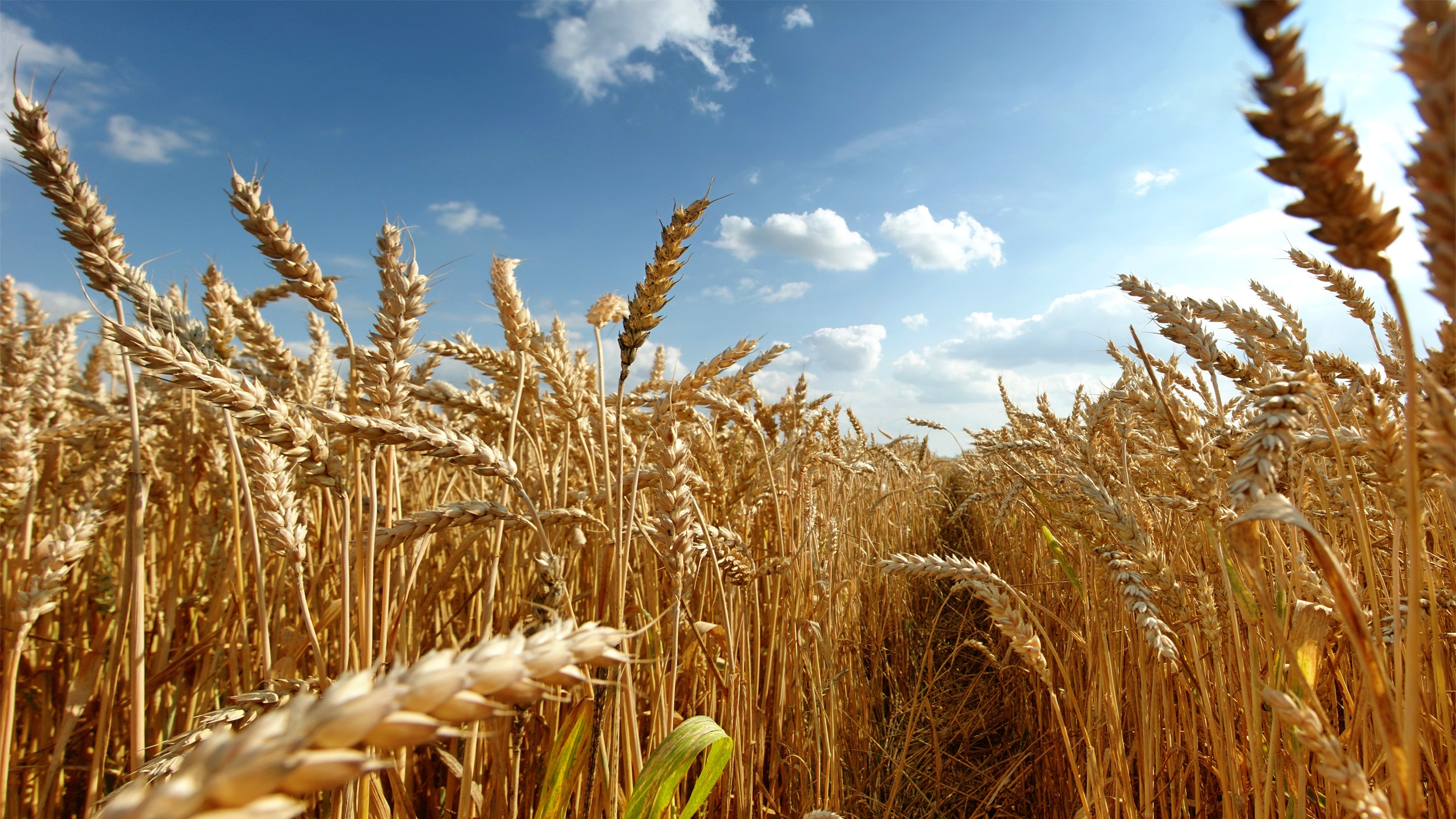

2021
What Is A Commodity
The basics of this age-old concept.
At times we can all get a baffled by seemingly complex jargon, which is fundamentally quite a simple concept - one such term that fits that you may come across is “commodity”. So, what is a commodity? Let’s start with the definition of the words itself from the Oxford Dictionary: Commodity - A raw material or primary agricultural product that can be bought and sold, such as copper or coffee; A precious or valuable thing.
Basically, a commodity is any physical item that has an intrinsic value, including raw materials or things that a human might need to survive, that can be interchanged with others of the same name, and you would expect to get either exactly the same or very similar in exchange with both the physical item and its value. So, for example, iron ore, wheat, oil and water would all be considered a commodity. The quality can vary, such as with timber grown in different climates can result in different densities of wood, but then these would be measured in “grades” and you could then swap similar grades for similar results. If the timber was then shaped and made into an object, such as a chair, it is transformed from the raw material to an item or individual object and it no longer considered a commodity, but a product.
Before commodities were traded on international markets, localised supply and demand played a much greater role in its pricing and would have a much greater impact on the local economy relative to its place of origin. While that is still true today, copper direct from the mine will be cheaper than from a country which does not produce any and must import it, but the additional costs will be import duties, tax and transportation. In principle, you could take the copper from one mine and swap it with copper from another mine and expect to have the same material in your hands, of the same value – essentially making such a trade redundant.
Trading with commodities was the cornerstone of all societies pre-dating a financial or monetary system and has carried on parallel to it since. The common value of a commodity was the foundation on which a financial structure grew, that enabled trade with people with more predictability. This does not mean that commodities are stable in price or unaffected by supply and demand – they are in fact entirely based upon supply and demand and therefore inherently volatile, but what it would have done is enabled trade via bartering with more consistency, fairness within regulated regions, as well as across a broader geographic landscape via trade routes. A trader would take a bag of silver or sack of flour, from one location to another and trade it for different items of value depending on the demand of the region. The trader would then continue on their journey, trading and bartering different commodities, taking cheap surplus commodities from one region to another where it was in demand to turn a profit. And in turn societies became more and more global with their trading.
But the concept of commodities didn’t just help global trade, they were fundamental in societies forming themselves. They allowed a common structure to form, that the heads of societies, i.e. governments could use to control the rules over a larger and larger area – they could control imports and exports across their population and they could tax items much more simply, for example, they could have a tax on all wheat, and this could be applied regardless of who made it, where it came from. Depending on which stage of transaction that tax was applied, the government could decide which section of the society was paying that tax – if the government charged the tax on the production of it, the tax burden would fall on the mining companies and farmers; if the tax would added to the part of the process where it was converted from raw materials to product it might affect the business owners; if it was applied as an export tax it might be passed on to foreign buyers; or if it was applied at the point of sale the burden would be on the consumer… but let’s be honest, it is always the end consumer that ends up paying.
Because commodities are generalised and cover large sections of societies needs and desires at different points in time, they can be used as markers to see past, current and future trends in many areas outside of their own obvious boundaries. In future articles we will be looking more deeply into specific commodities and using lateral-thinking to see what insight they can give us on a more fundamental level.
Next time you see the word “commodity” being used amongst other financial jargon, just remember it just means raw materials, fuel and crops. As soon as they are altered or changed into a more design-specific of individual item, its breaks-free from its label of a commodity and becomes a product or something else.

